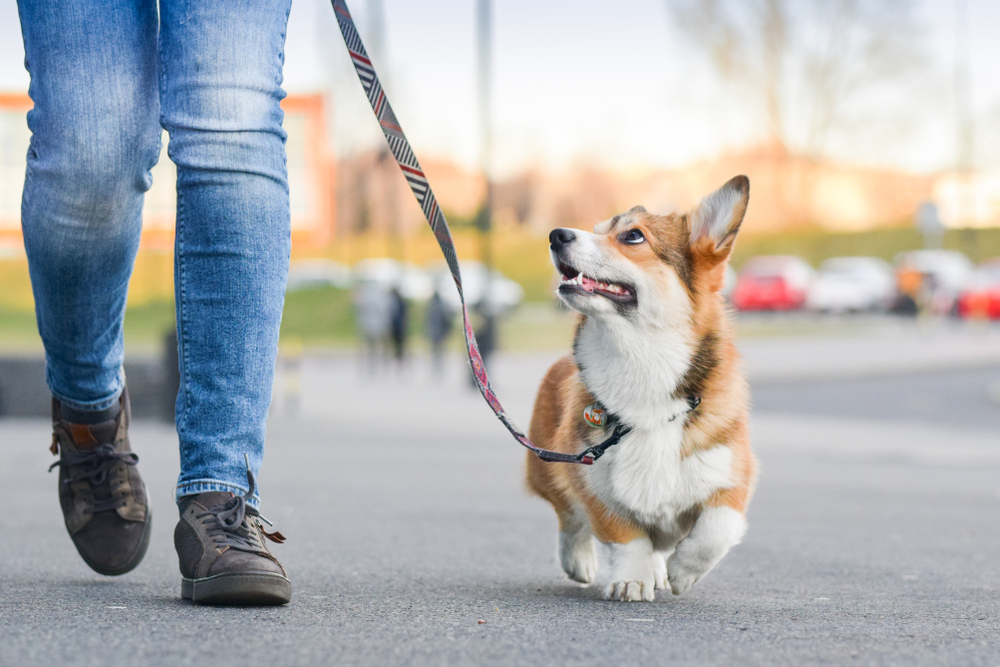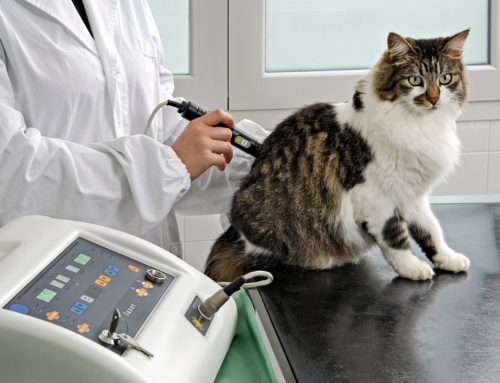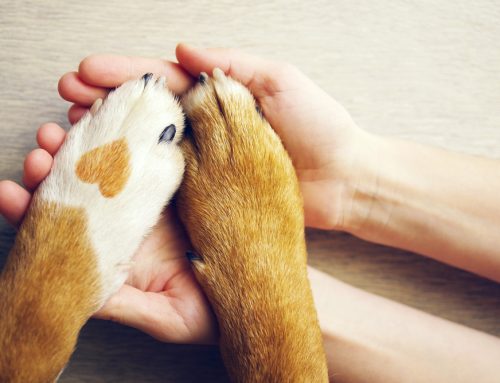Our nation’s obesity epidemic has extended beyond people to include pets. Excess weight can lead to serious health problems, reduce your pet’s life expectancy, and significantly diminish their quality of life (QOL). Whether your pet is visibly overweight, currently at a healthy weight, or you’re not sure, we can help. Our South Shores Pet Clinic team explains the risks associated with pet obesity, how to determine if your furry pal is overweight, and strategies for helping them reach a healthy weight.
What risks do overweight and obese pets face?
Like their human counterparts, overweight and obese pets have an increased health condition risk. To enhance your pet’s QOL and longevity, keep them at a healthy weight, so they avoid the following conditions:
- Osteoarthritis — Excess weight puts added stress on joints and increases wear and tear, causing chronic inflammation and contributing to arthritis development.
- Respiratory disease — Excess fat surrounding the lungs can limit these organs’ ability to expand, placing chronic stress on your pet’s respiratory system.
- Cardiovascular issues — Extra weight puts more stress on the cardiovascular system, increasing your pet’s congestive heart failure (CHF) and high blood pressure risk.
- Kidney disease — Obese pets are predisposed to developing high blood pressure, which causes increased kidney strain.
- Type 2 diabetes — Like people, obese pets are at risk for developing type 2 diabetes, which can occur when the body can’t use glucose normally. A diabetic pet requires frequent veterinary visits, a specific diet, and daily insulin injections.
- Skin conditions — Excess weight often leads to skinfolds that can become bacterial infection breeding grounds. Overweight pets may suffer from recurring skin conditions that cause itching and discomfort.
Is my pet overweight?
Determining if your pet is overweight can be challenging, and you may be surprised if your veterinarian informs you that your furry pal is overweight or obese. Many pet owners do not know what a healthy weight range is for their furry pal’s age and breed. In addition, if your pet has thick fur, the hair may obscure their gradual weight gain. To assess your pet’s weight, follow these tips:
- Determine your pet’s body condition score (BCS) — A BCS is a quick and easy at-home assessment that can tell you a lot about your pet’s physical condition. To determine your pet’s BCS, palpate their ribs and observe your furry pal from above and the side, considering the following:
- Ribs — You should be able to feel each rib easily by applying only light pressure.
- Waist — When viewed from above, your pet should have a defined, hourglass-shaped waist.
- Silhouette — When viewed from the side, your pet should have a slight tuck or upward abdominal slope.
- Schedule your pet’s annual wellness exam — During your pet’s annual wellness exam, our South Shores Pet Clinic team will evaluate your cat’s or dog’s weight, and perform diagnostic tests for conditions that can contribute to weight gain. If your pet is overweight, your veterinarian can also recommend a customized diet and exercise plan to guide you as you help your pet reach and maintain a healthy weight.
- Weigh your pet — Regular at-home weigh-ins help you track your pet’s weight between veterinary visits and can help you identify weight gain that may not be visible.
How can I help my pet lose weight?

Your pet’s weight loss is a collaborative effort between you and our team, and we will help you plan, monitor, and remain consistent during your furry pal’s weight-loss journey. To help your pet reach a healthy weight, follow our tips:
- Take your pet’s exercise routine up a notch — Your pet must increase their heart rate to achieve aerobic (i.e., fat-burning) activity. Depending on your furry pal’s age, health, and exercise tolerance, gradually increase their activity level’s duration and intensity.
- Measure your pet’s food — Calculate the correct number of calories your pet needs each day, then divide that amount into their regular diet’s number of daily meals. Rather than automatically filling your pet’s food dish when it’s empty, use an actual measuring cup to portion out their meals.
- Seek veterinary support — Some pets do not lose weight through a regular diet and exercise program. These pets may have metabolic conditions that make weight loss difficult, or they may need additional support.
If you are concerned about your pet’s weight, or if your pet is struggling to lose weight, schedule their weight assessment with our South Shores Pet Clinic team, so we can evaluate their weight-loss plan and rule out any underlying health condition.







Leave A Comment